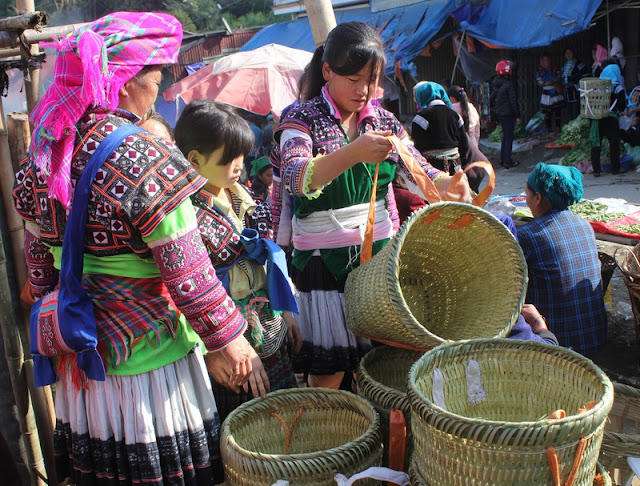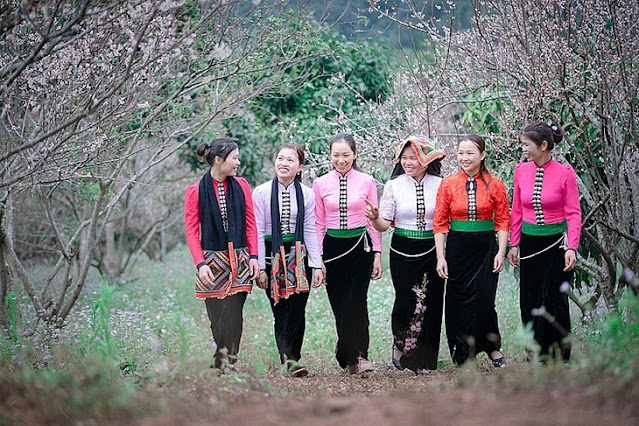Vietnamese culture is mix of local beliefs and the interference of religions and philosophies from foreign counties like Buddhism, Catholicism, Confucianism, Taoism, and Islam. But ancestor worship is very dominant in culture practice in Vietnam.
Photo ST InternetIn every household in Vietnam there is ancestor altar that is set in the most solemn place like in the mid-compartment or top floor of the building. Vietnamese people believe that when a person passes away the dead body is destroyed but the soul still exists so that the souls of our ancestors are still alive.
Our ancestors just live another world and keep watch our activities in this world. Vietnamese people often burn incense sticks to pay respect to ancestors whenever they have sadness or joyfulness, on dead celebration for ancestors, full moon day and 1st day of Lunar month, New year holiday....The smoke of incense sticks and agar wood is the mean of communication between descendants and their ancestors.
Photo ST Internet
To depend on home economy they design luxury or humble altar for ancestor. Normally the altar is 1 m 95 long, 90 cm wide carved by precious wood with traditional motifs of bird, dragon, tortoise, phoenix, flowers...On the altar there are 2 candle holders made of copper which stand for sun and moon, ceramic incense burner in the middle, ancestor's portrait, 2 vases of flower, agar wood burner made of copper, pair of flamingo standing on tortoise both made of copper, 2 incense sticks holders on 2 sides, 5 cups of water and wine, 5 ceramic bows and pairs of chopsticks. On two sides of the altar is pair of couplet with nice wishes for family and clan. If the house is small like a studio room in a flat the altar may be small hung on a wall side, just 40 x 60 cm but no matter, the major thing is our faith to ancestor.
Photo ST Internet
When ever we wish to invite our ancestor returning home for family celebration we just burn incense sticks and call their name or title. Several times a year we come to clean and repaint ancestor graves, especially before Tet holiday (Vietnamese Lunar New year). Pay respect and gratitude to our ancestor is moral practice for every Vietnamese people.




























































